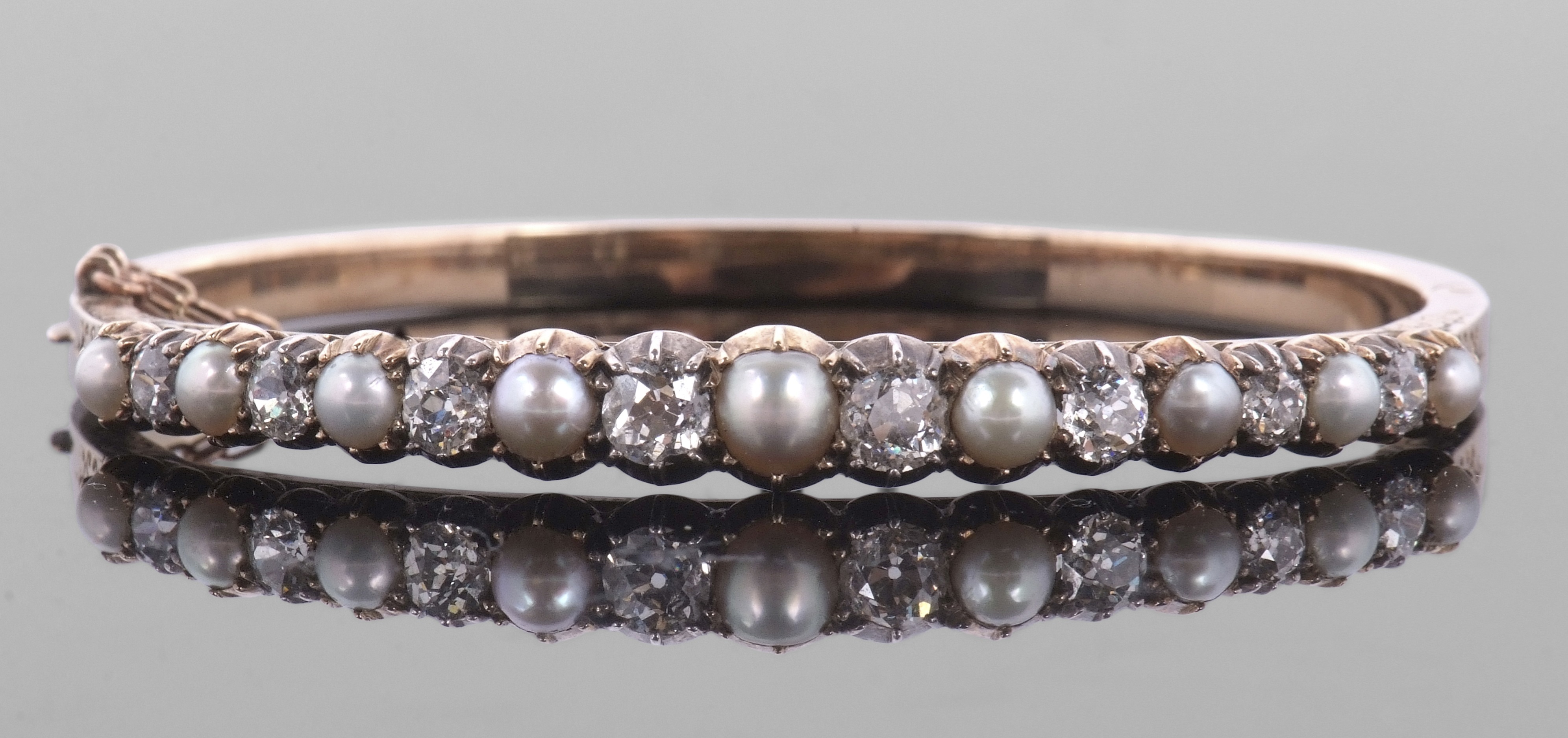

12/04/2025 General News
Just as in many aspects of the saleroom, the world of jewellery is subject to changing fashions, albeit that the pace of change is arguably slower than in some other fields, writes Angela Marshall. And as often happens with tends, things which seemed to have completely fallen out of favour can come roaring back into vogue.
This is definitely the case with the jewel I am focussing on this week: the pearl. It was not so long ago that pearls were very much regarded as old-fashioned, something your granny might have worn decades ago. But suddenly pearls are everywhere, and finding a new, younger audience.
This has been helped by a number of celebrities embracing the pearl, among them singer Harry Styles and A Complete Unknown star Timothée Chalamet. And the renewed popularity of pearls is having a significant effect in the saleroom.
Pearls form in the bodies or mantle tissue of certain molluscs – most famously the oyster – usually around a microscopic irritant. The pearl is the creature’s natural defence mechanism: by covering the foreign irritant with progressive micron-thick layers of nacre (essentially calcium carbonate), the mollusc is protected from any harm it could otherwise do.
Prior to the end of the 19th century, pearls could only be obtained naturally, by diving down and harvesting them where they had formed. As a result, they were hugely expensive, and very much the preserve of the moneyed classes, giving them high levels of prestige and status.
But then in 1893 a Japanese entrepreneur by the name of Kokichi Mikimoto discovered a way of culturing pearls, by seeding molluscs with tiny amounts of mother-of-pearl. It would take another 12 years before he perfected spherical cultured pearls, practically indistinguishable from natural ones.
Mikimoto’s dream was to ‘adorn the necks of all women around the world with pearls’ – in other words to make them accessible and affordable for everyone, not just the rich upper classes. And he was largely successful in that ambition; by the time he died in 1954, pearl jewellery was ubiquitous and had largely lost its role as a status symbol.
It is perhaps because of this that pearls fell out of fashion, with trend-setters seeking new, rarer types of jewellery to assert their individuality – and their wealth. Pearl jewellery was passed down from generation to generation, but actually worn with decreasing frequency. Only in the last five years or so has there been a renaissance, largely driven by a Gen Z audience leading the way and the rest of us inevitably following on.
Today almost all pearl jewellery is made from cultured pearls. Vintage natural pearls still make big money at auction – even though there is no way of telling them apart without an X-ray machine.
When buying pearls, buyers look for five main indicators: size, shape, lustre, colour and texture. Pearls come in a variety of sizes, from 2mm to a whopping 1.6cm in diameter, depending on the mollusc which has formed them. Perfect spheres are the most sought-after, although symmetrical drops are also popular.
Perhaps the most important indicator of quality is the lustre. This is formed by the thousands of microscopic layers of nacre, and a top-quality pearl will have sharp, bright reflections on its surface, something which experts call the ‘orient’, or shimmer.
Pearls are mostly white or off-white, and these are the colours which have traditional been most valuable; but they can also be pink, and even black, and there is increasingly demand for the more unusual natural colours. Finally, a good pearl will have a perfectly smooth, bump-free texture with few or no blemishes.
Being a natural product, pearls need looking after. Perfumes and hairsprays can erode the nacre, causing the smooth texture to pit and even flake; this is why the traditional saying is ‘a lady puts on her pearls last’.
Of course, even that aphorism is now outdated, as we are increasingly seeing both men and women wearing pearls. This growing fashion is one of the reasons that pearl jewellery is once again becoming a star in the saleroom.